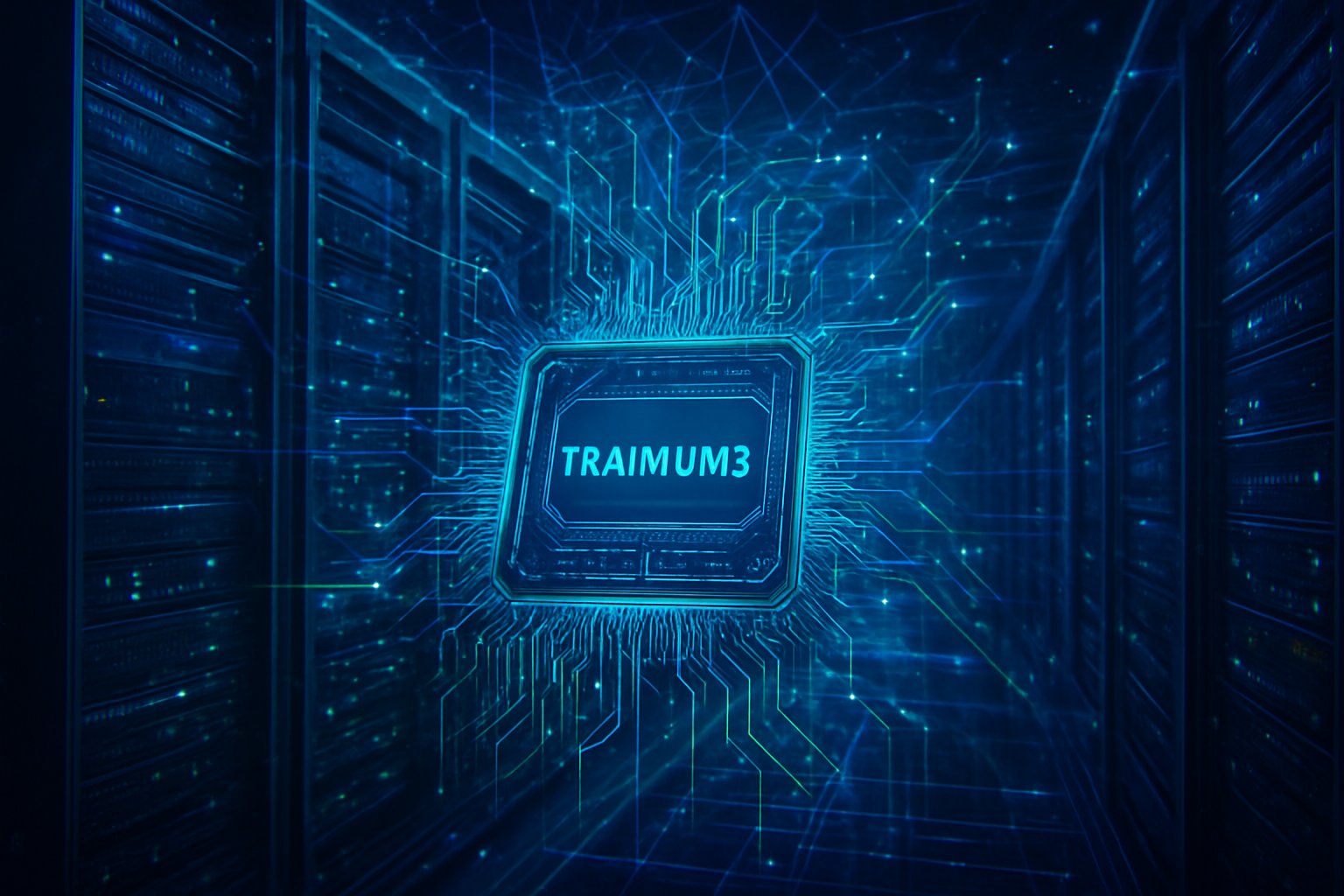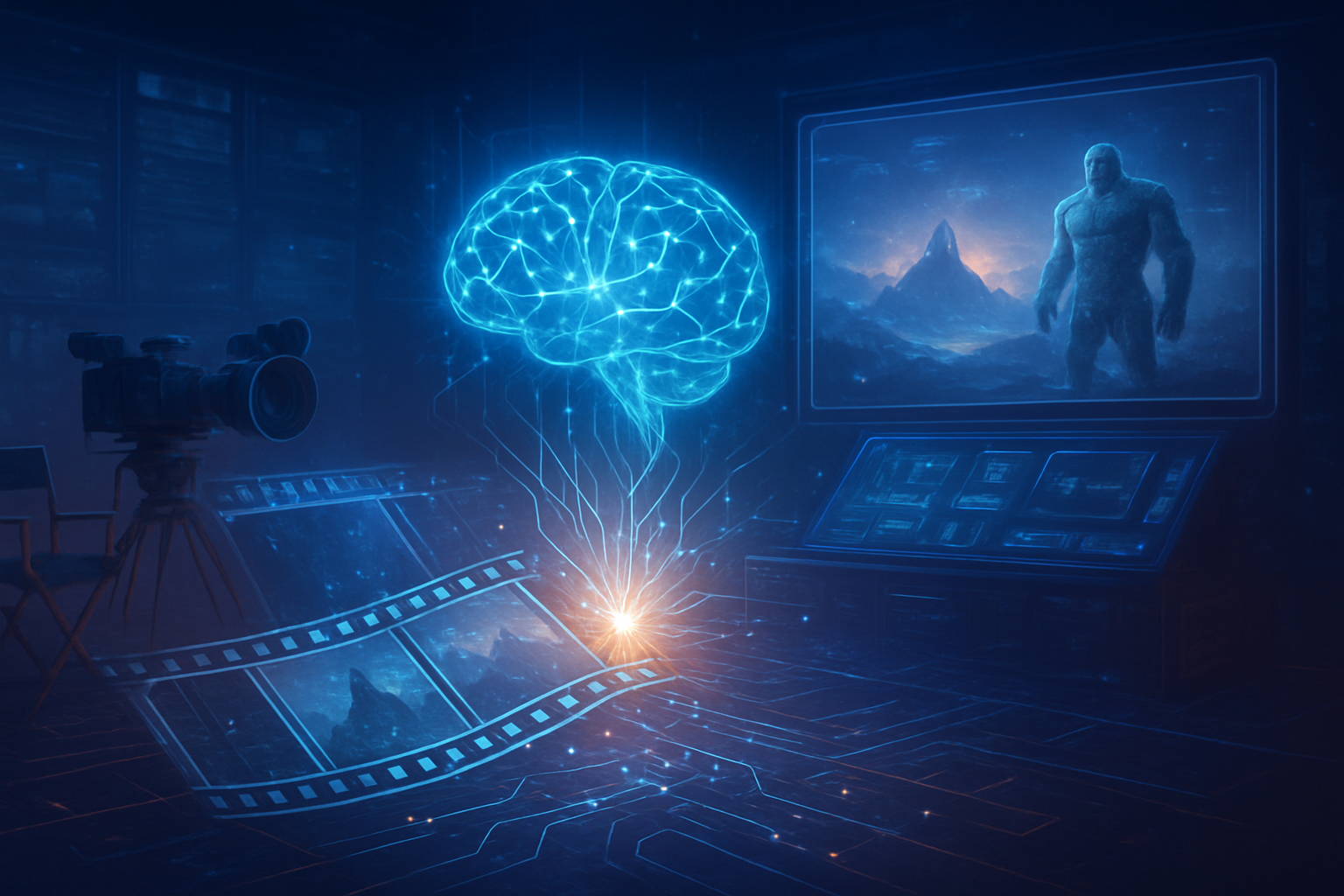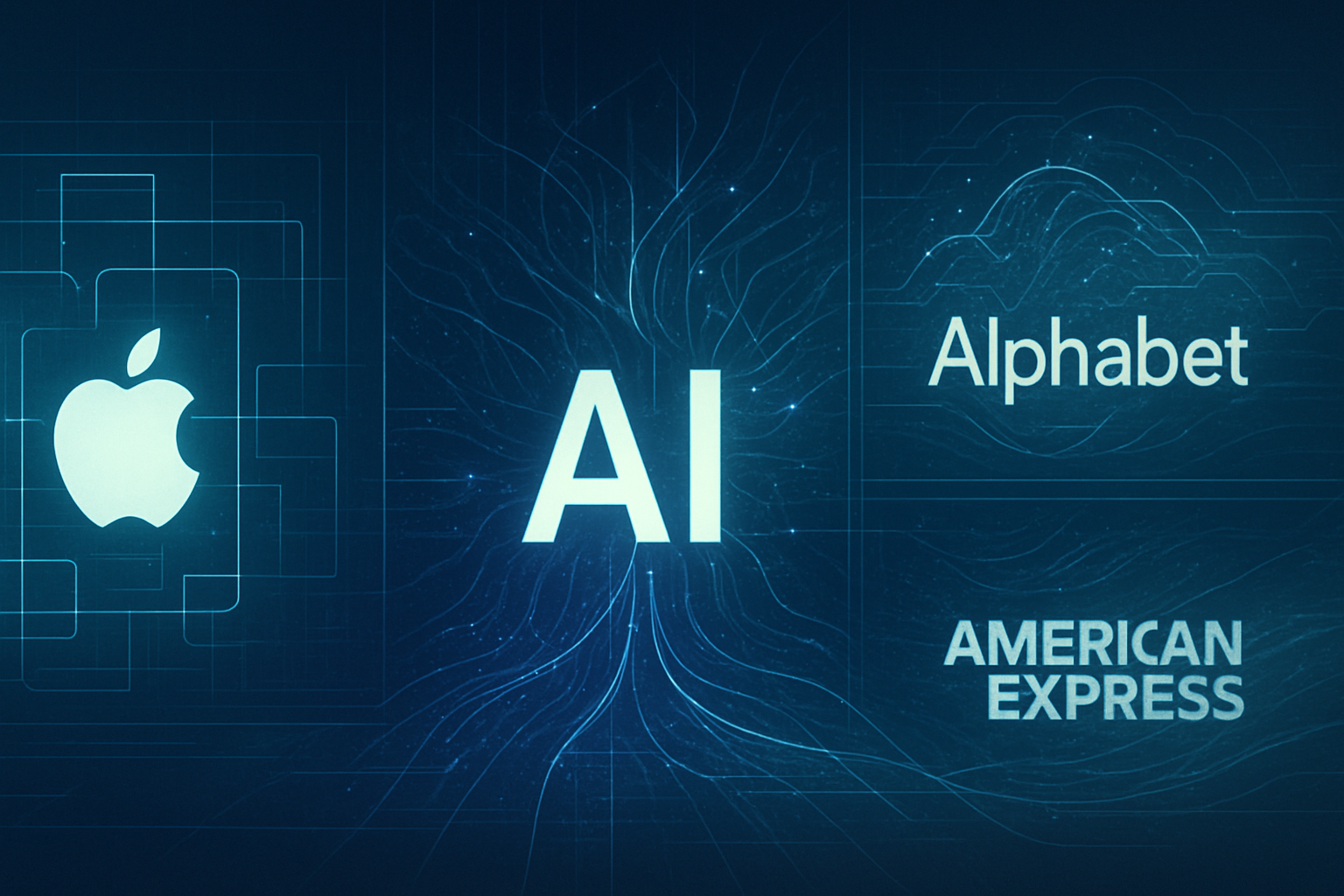In a seismic shift for the global music industry, Warner Music Group (NASDAQ: WMG) has announced a groundbreaking partnership with AI music platform Suno. This landmark deal, unveiled on November 25, 2025, not only resolves a protracted copyright infringement lawsuit but also establishes a pioneering framework for the future of AI-generated music. It signifies a profound pivot from legal confrontation to strategic collaboration, positioning Warner Music at the forefront of defining how legacy music companies will integrate and monetize artificial intelligence within the creative sphere.
The agreement is heralded as a "first-of-its-kind partnership" designed to unlock new frontiers in music creation, interaction, and discovery, while simultaneously ensuring fair compensation and robust protection for artists, songwriters, and the broader creative community. This move is expected to serve as a crucial blueprint for responsible AI development in creative industries, addressing long-standing concerns about intellectual property rights and artist agency in the age of generative AI.
The Technical Symphony: Suno's AI Prowess Meets Licensed Creativity
At the heart of this transformative partnership lies Warner Music Group's decision to license its expansive music catalog to Suno AI. This strategic move will enable Suno to train its next-generation AI models on a vast, authorized dataset, marking a significant departure from the previous contentious practices of unlicensed data scraping. Suno has committed to launching these new, more advanced, and fully licensed AI models in 2026, which are slated to supersede its current, unlicensed versions.
Suno's platform itself is a marvel of AI engineering, built upon a sophisticated multi-model system that orchestrates specialized neural networks. It primarily leverages a combination of transformer and diffusion models, trained to understand the intricate nuances of musical theory, composition techniques, instrument timbres, and patterns of rhythm and harmony. Recent iterations of Suno's technology (v4, v4.5, and v5) have demonstrated remarkable capabilities, including the generation of realistic and expressive human-like vocals, high-fidelity 44.1 kHz audio, and comprehensive full-song creation from simple text prompts. The platform boasts versatility across over 1,200 genres, offering features like "Covers," "Personas," "Remaster," and "Extend," along with proprietary watermarking technology to ensure content originality.
This approach significantly differentiates Suno from earlier AI music generation technologies. While many predecessors focused on instrumental tracks or produced rudimentary vocals, Suno excels at creating complete, coherent songs with emotionally resonant singing. Its sophisticated multi-model architecture ensures greater temporal coherence and structural integrity across compositions, reducing the "hallucinations" and artifacts common in less advanced systems. Furthermore, Suno's user-friendly interface democratizes music creation, making it accessible to individuals without formal musical training, a stark contrast to more complex, expert-centric AI tools. Initial reactions from the AI research community and industry experts largely view this deal as a "watershed moment," shifting the narrative from legal battles to a collaborative, "pro-artist" framework, though some caution remains regarding the deeper authenticity of AI-generated content.
Reshaping the AI and Tech Landscape: Winners, Losers, and Strategic Plays
The Warner Music-Suno deal sends ripples across the entire AI and tech ecosystem, creating clear beneficiaries and posing new competitive challenges. Suno AI emerges as a primary winner, gaining crucial legitimacy and transforming from a litigation target into a recognized industry partner. Access to WMG's licensed catalog provides an invaluable competitive advantage for developing ethically sound and more sophisticated AI music generation capabilities. The acquisition of Songkick, a live music and concert-discovery platform, from WMG further allows Suno to expand its ecosystem beyond mere creation into fan engagement and live performance, bolstering its market position.
Warner Music Group (NASDAQ: WMG), by being the first major record label to formally partner with Suno, positions itself as a pioneer in establishing a licensed framework for AI music. This strategic advantage allows WMG to influence industry standards, monetize its vast archival intellectual property as AI training data, and offer artists a controlled "opt-in" model for their likeness and compositions. This move also puts considerable pressure on other major labels, such as Universal Music Group (NYSE: UMG) and Sony Music Entertainment (NYSE: SONY), who are still engaged in litigation against Suno and its competitor, Udio. WMG's proactive stance could weaken the collective bargaining power of the remaining plaintiffs and potentially set a new industry-wide licensing model.
For other AI music generation startups, the deal raises the bar significantly. Suno's newfound legitimacy and access to licensed data create a formidable competitive advantage, likely pushing other startups towards more transparent training practices and active pursuit of licensing deals to avoid costly legal battles. The deal also highlights the critical need for "clean" and licensed data for AI model training across various creative sectors, potentially influencing data acquisition strategies for tech giants and major AI labs in domains beyond music. The rise of AI-generated music, especially with licensed models, could disrupt traditional music production workflows and sync licensing, potentially devaluing human creativity in certain contexts and saturating streaming platforms with machine-made content.
Wider Implications: A Blueprint for Creative Industries in the AI Era
This partnership is far more than a music industry agreement; it's a significant marker in the broader AI landscape, reflecting and influencing several key trends in creative industries. It represents a landmark shift from the music industry's initial litigation-heavy response to generative AI to a strategy of collaboration and monetization. This move is particularly significant given the industry's past struggles with digital disruption, notably the Napster era, where initial resistance eventually gave way to embracing new models like streaming services. WMG's approach suggests a learned lesson: rather than fighting AI, it seeks to co-opt and monetize its potential.
The deal establishes a crucial "pro-artist" framework, where WMG artists and songwriters can "opt-in" to have their names, images, likenesses, voices, and compositions used in new AI-generated music. This mechanism aims to ensure artists maintain agency and are fairly compensated, addressing fundamental ethical concerns surrounding AI's use of creative works. While promising new revenue streams and creative tools, the deal also raises valid concerns about the potential devaluation of human-made music, increased competition from AI-generated content, and the complexities of determining fair compensation for AI-assisted creations. There are also ongoing debates about whether AI-generated music can truly replicate the "soul" and emotional depth of human artistry, and risks of homogenization if AI models are trained on limited datasets.
Comparisons are drawn to the integration of CGI in filmmaking, which enhanced the production process without replacing human artistry. Similarly, AI is expected to act as an enabler, augmenting human creativity in music rather than solely replacing it. The WMG-Suno pact is likely to serve as a template not just for the music industry but for other media sectors, including journalism and film, that are currently grappling with AI and intellectual property rights. This demonstrates a broader shift towards negotiated solutions rather than prolonged legal battles in the face of rapidly advancing generative AI.
The Horizon: Future Developments and Uncharted Territories
In the near term (next 1-3 years), the music industry can expect the launch of Suno's new, sophisticated licensed AI models, leading to higher quality and ethically sourced AI-generated music. AI will increasingly function as a "composer's assistant," offering musicians powerful tools for generating melodies, chord progressions, lyrics, and even entire compositions, thereby democratizing music production. AI-powered plugins and software will become standard in mixing, mastering, and sound design, streamlining workflows and allowing artists to focus on creative vision. Personalized music discovery and marketing will also become more refined, leveraging AI to optimize recommendations and promotional campaigns.
Looking further ahead (beyond 3 years), the long-term impact could be transformative. AI's ability to analyze vast datasets and blend elements from diverse styles could lead to the emergence of entirely new music genres and actively shape musical trends. Hyper-personalized music experiences, where AI generates music tailored to an individual's mood or activity, could become commonplace. Experts predict that AI-generated music might dominate specific niches, such as background music for retail or social media, with some even suggesting that within three years, at least 50% of top Billboard hits could be AI-generated. The acquisition of Songkick by Suno hints at an integrated future where AI-driven creation tools are seamlessly linked with live performance and fan engagement, creating immersive experiences in VR and AR.
However, significant challenges remain. Foremost are the ongoing questions of copyright and ownership for AI-generated works, even with licensing agreements in place. The specifics of artist compensation for AI-generated works using their likeness will need further clarification, as will the leverage of mid-tier and independent artists in these new frameworks. Concerns about artistic integrity, potential job displacement for human musicians, and ethical considerations surrounding "deep fake" voices and data bias will continue to be debated. Experts predict that the future will require a delicate balance between AI-driven advancements and the irreplaceable emotional depth and artistic vision of human creators, necessitating new legal frameworks to address ownership and fair compensation.
A New Chapter: Assessing Significance and Looking Ahead
The Warner Music-Suno deal represents a defining moment in the history of AI and the creative industries. It signals a fundamental shift in the music industry's approach to generative AI, moving from a stance of pure litigation to one of strategic collaboration and monetization. By establishing a "first-of-its-kind" licensing framework and an "opt-in" model for artists, WMG has attempted to set a new precedent for responsible AI development, one that prioritizes artist control and compensation while embracing technological innovation. This agreement effectively fractures the previously united front of major labels against AI companies, paving the way for a more complex, multi-faceted engagement with the technology.
Its significance in AI history lies in its potential to serve as a blueprint for other media sectors grappling with intellectual property in the age of generative AI. The deal validates a "black box" revenue model, where rights holders are compensated for their catalog's utility in training AI, marking a departure from traditional stream-for-stream royalties. The long-term impact will likely see an evolved artist-label relationship, a redefinition of music creation and consumption, and a significant influence on regulatory landscapes worldwide. The commodification of functional music and the potential for an explosion of AI-generated content will undoubtedly reshape the industry's economic models and artistic output.
In the coming weeks and months, the industry will be closely watching the implementation of Suno's new, licensed AI models in 2026 and the specific details of the artist "opt-in" process and compensation structures. The reactions from other major labels, particularly Universal Music Group and Sony Music, regarding their ongoing lawsuits against AI companies, will be crucial in determining whether this WMG-Suno pact becomes the industry standard or if alternative strategies emerge. Furthermore, the integration of Songkick into Suno's offerings and its effectiveness in fostering innovative artist-fan connections will be key indicators of the deal's broader success. This partnership marks a new chapter, one where collaboration, licensing, and responsible innovation are poised to define the future of music in an AI-driven world.
This content is intended for informational purposes only and represents analysis of current AI developments.
TokenRing AI delivers enterprise-grade solutions for multi-agent AI workflow orchestration, AI-powered development tools, and seamless remote collaboration platforms.
For more information, visit https://www.tokenring.ai/.









